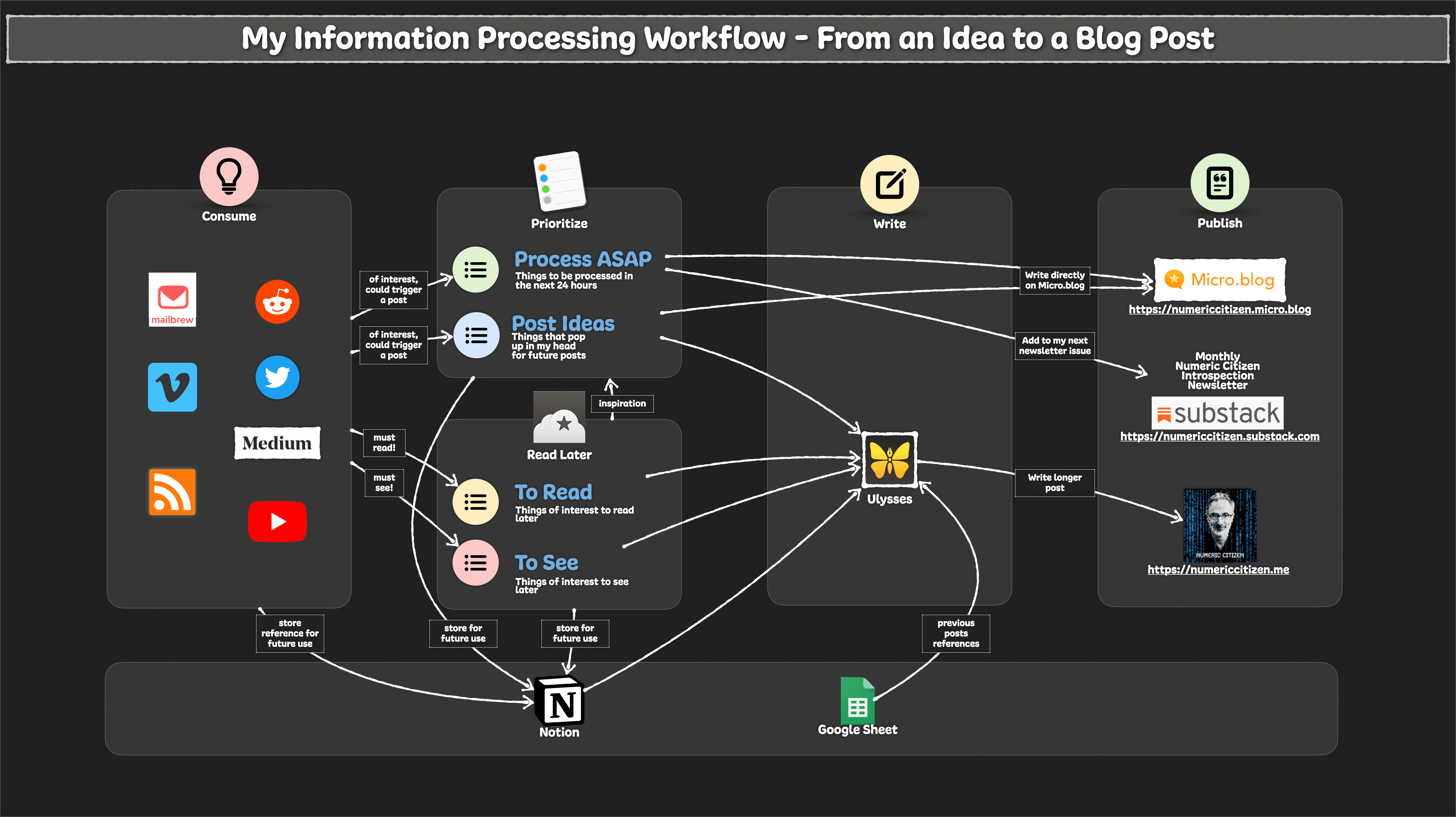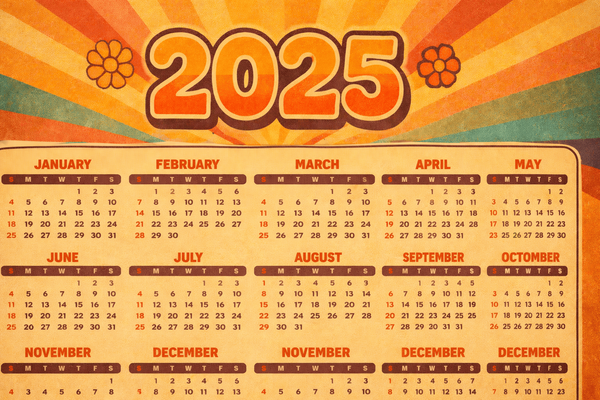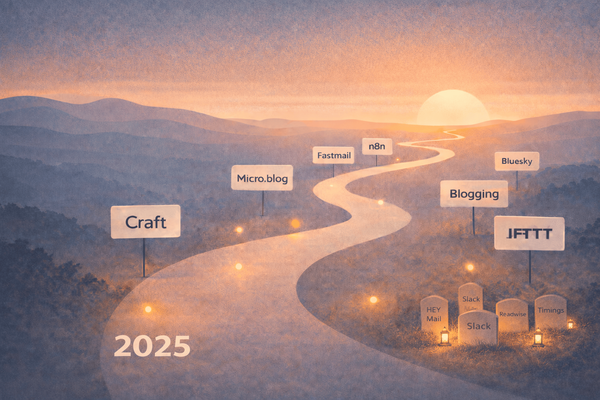From an Idea to a Blog Post — How I do it
To all bloggers and writers out there, find out how I make it all happen: writing many posts a day, nearly every day. From an Idea to a Blog Post.

In this blog post, I want to share a different “behind the scene” look at how I process information that will eventually give birth to a new blog post. It’s a bit different than the one I publish from time to time about my blogger workflow. This behind the scene view emphasizes something important to me: the process. Sure, the results are always important, but equally important is the process that leads to these results. Moreover, within each process, there are tools involved, which, for a blogger and writer like me, are applications and services. I often think that I love creating because I usually love to use tools in general, especially if they are well crafted. The act of writing in a great writing app like Ulysses, for example, is satisfying. The process of retouching photos in Lightroom is an enjoyable experience. So. let’s see how I do all this.
In general, my inspiration comes from my readings and my time spent on Twitter. Each morning, I spend between thirty and ninety minutes doing just that: consuming content from many sources like RSS feeds, Medium, Reddit, etc. I do spend time on YouTube or Vimeo, but I’m mostly reading stuff. I spend less than 10% of my time on video consumption. I force myself into reading; it’s one of the best ways to find subjects to write about or get new post ideas. There is too much content available online; I do have to use applications to bookmark things to read later. For that, I use Reeder 5. Apple’s Reminder helps me bookmark articles, tweets or other information tidbits on which I want to react or write about in a very short time frame. I do have a list called “Process ASAP”. Anything that goes into this list shouldn’t stay there for more than 24 hours. If I see a tweet containing an interesting article, I’ll save it to this list. Processing this tweet later could then trigger a blog post idea or simply be saved in Notion for a future article project. After trying to make applications like OmniFocus or Things, I came back to Apple’s Reminder, and I couldn’t be happier. Reminders.app is often underrated.
When I write, depending on the expected length, complexity or destination of the piece, I may write it down directly on Micro.blog or use their macOS application which is good enough. When I plan to publish on my main blog on WordPress with a cross-post to Medium, I’ll go with Ulysses, which is the case for this current blog post.
Another important tool that I use is Notion (please, refer to my review of Notion, from a blogger perspective for a detailed look at this wonderful service). This application serves as a repository for many things like future articles in the research phase. I do use Notion to collect all the pieces that will go in a future issue of my Numeric Citizen Introspection newsletter. Notion will support my writing process as I can reuse tidbits of information that I saved in there for longer posts. The more I use Notion, the more I depend on it for everything. This is why Notion has a special place in the following diagram showing how all the pieces fit together. Finally, all references to my posts on Micro.blog are stored in Google Sheet so I can easily refer to and include them while writing. It’s a time saver.

I guess my process has nothing really special, but it is perfectly crafted for my needs. I do publish a lot, and I need to be as efficient as possible, and this process enables and supports it every day.



